Set in the semi-arid zone of Almeria, the Sierra de Alhamilla Paraje Natural is between the Tabernas Desert area and the Mediterranean coast.
By Nick Nutter | Updated 22 Sep 2022 | Almería | Parks |
Login to add to YOUR Favourites or Read Later
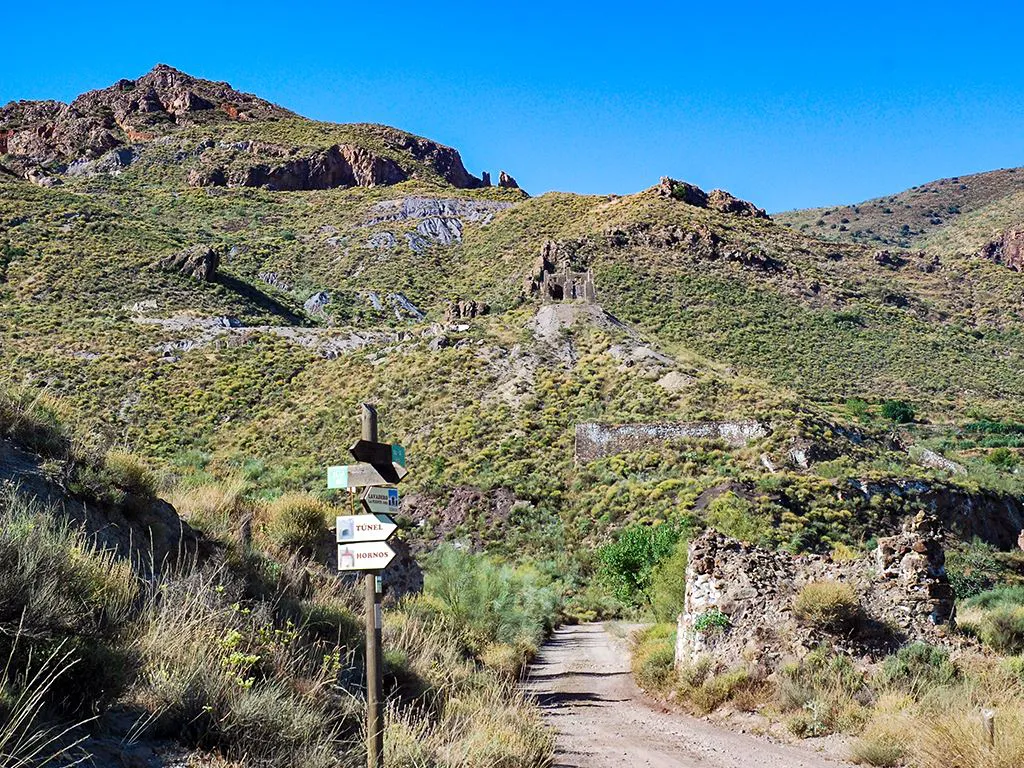
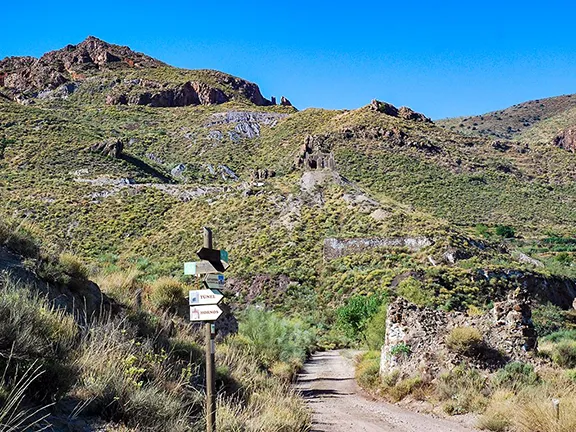
Sierra de Alhamilla
Just a few kilometres north of Almeria city, the Sierra de Alhamilla Natural area is a granite and schist mountain massif that rises to 1387 metres at Pico Colatavi. Set in the semi-arid zone of Almeria, the Sierra de Alhamilla Paraje Natural is between the Tabernas Desert area and the Mediterranean coast.
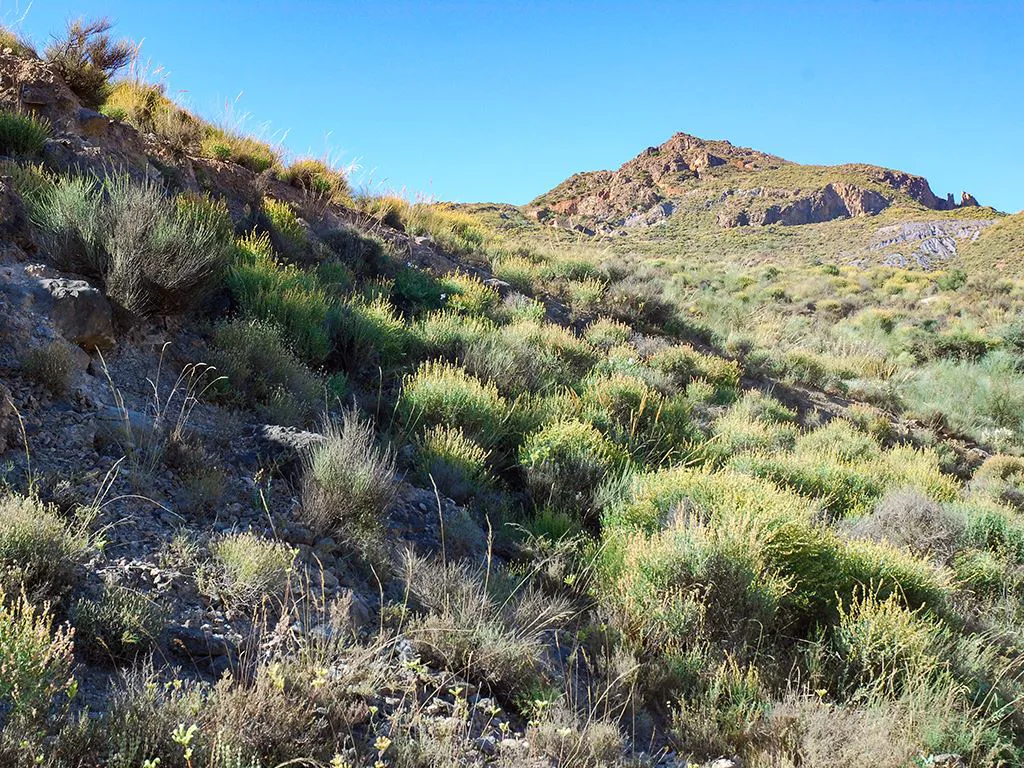
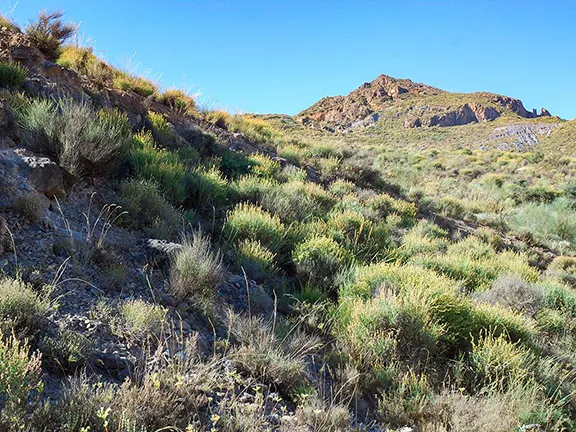
Sierra de Alhamilla
The Sierra de Alhamilla Paraje Natural has an area of only 8500 hectares and a human population of less than 50 but it was not always so thinly populated. During the Copper Age, the people of Los Millares had a thriving community just to the west of the mountain, in the valley of the Rio Andarax. Later, during the Phoenician period, a hot mineral spring on the southern slopes, Baños de Sierra Alhamilla was converted into a baths. The baths were used by the Romans and Moors and today you will find a remarkable oasis of palms in a sheltered valley, surrounded by a barren, desert landscape. The Hotel Bainero Sierra Alhamilla is a great place to stay to explore the Sierra de Alhamilla Paraje Natural and the neighbouring Cabo de Gata-Nijar Parque Natural.
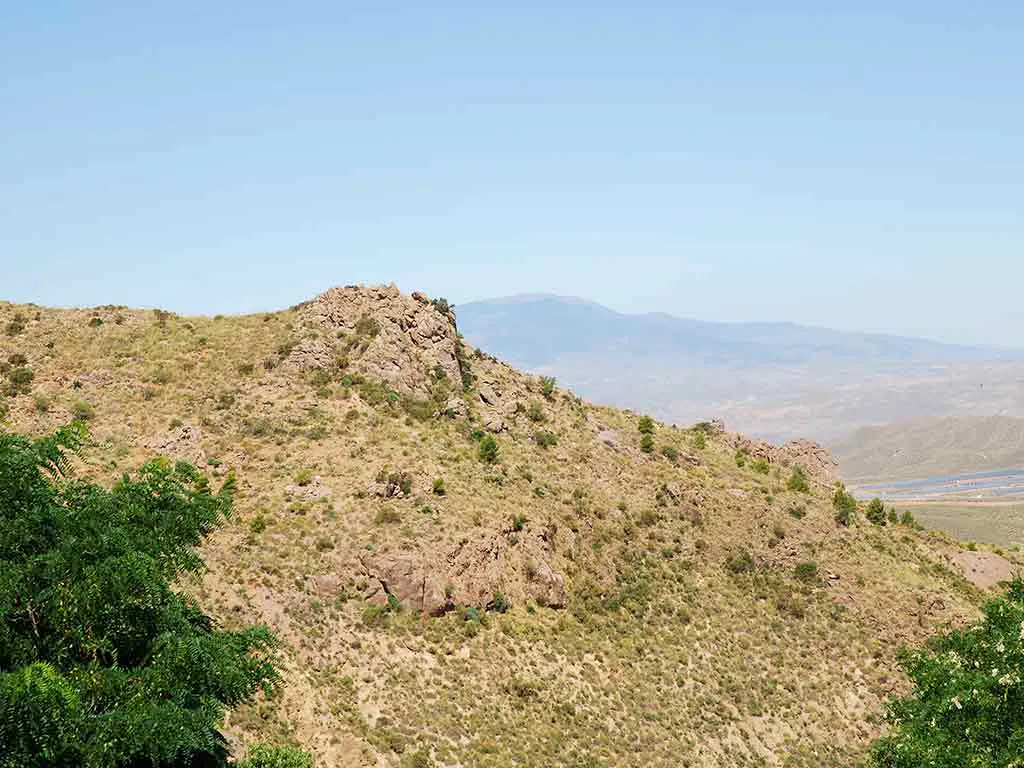
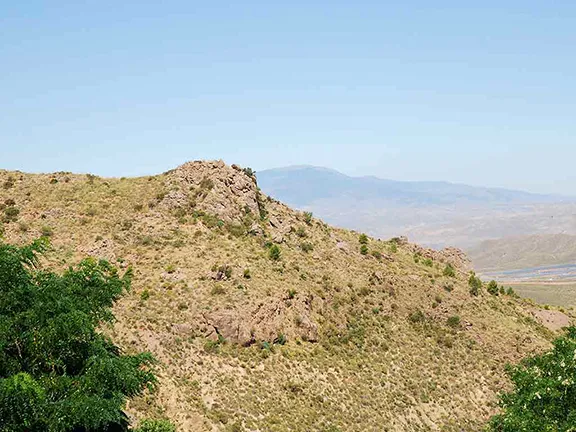
Sierra de Alhamilla
Despite the barren landscape, the park has a surprising diversity of plants, including the rare rosemary rosmarinus eriocalyx and a mass of holme oaks. The holme oaks, adapted to a harsh, dry environment, are all that survives of the Mediterranean forest that clothed the mountain sides back in the Copper Age. The shrubby plants include flax-leaved daphne, common madder, thyme, marjoram and rockrose that, along with kermes oaks constitute a secondary vegetation that has become established after the demise of the forest. At lower levels you will find black hawthorn, olive trees and mastic.
The arid, barren surroundings are not a problem for foxes, genets, wild boars, badgers and weasels but it is the birds of prey that rule this domain. You can expect to see Bonelli's eagle, the golden eagle, lesser kestrel, peregrine falcon and eagle-owl, soaring in a cloudless, deep blue sky. At lower levels you will see steppe birds such as the trumpeter finch, stone curlews, little bustards, crested larks, short-toed larks, lesser short-toed larks and black-bellied sandgrouse and the largest population of Thekla larks in Almeria province. The ramblas on the southern slopes protect blue rock thrushes, black wheatears and swifts.
The best way to see the Sierra de Alhamilla Paraje Natural is on foot or by bicycle. Start at the Cerro del Puntal, easily spotted with its television masts on the summit, and walk or cycle east, about 10 kilometres, to the Colatavi peak. This high-level route has superb views over the Tabernas desert to the north and Cabo de Gata to the south east. For the more intrepid there are a number of tracks, mostly unsignposted, that offer circular routes through the park.